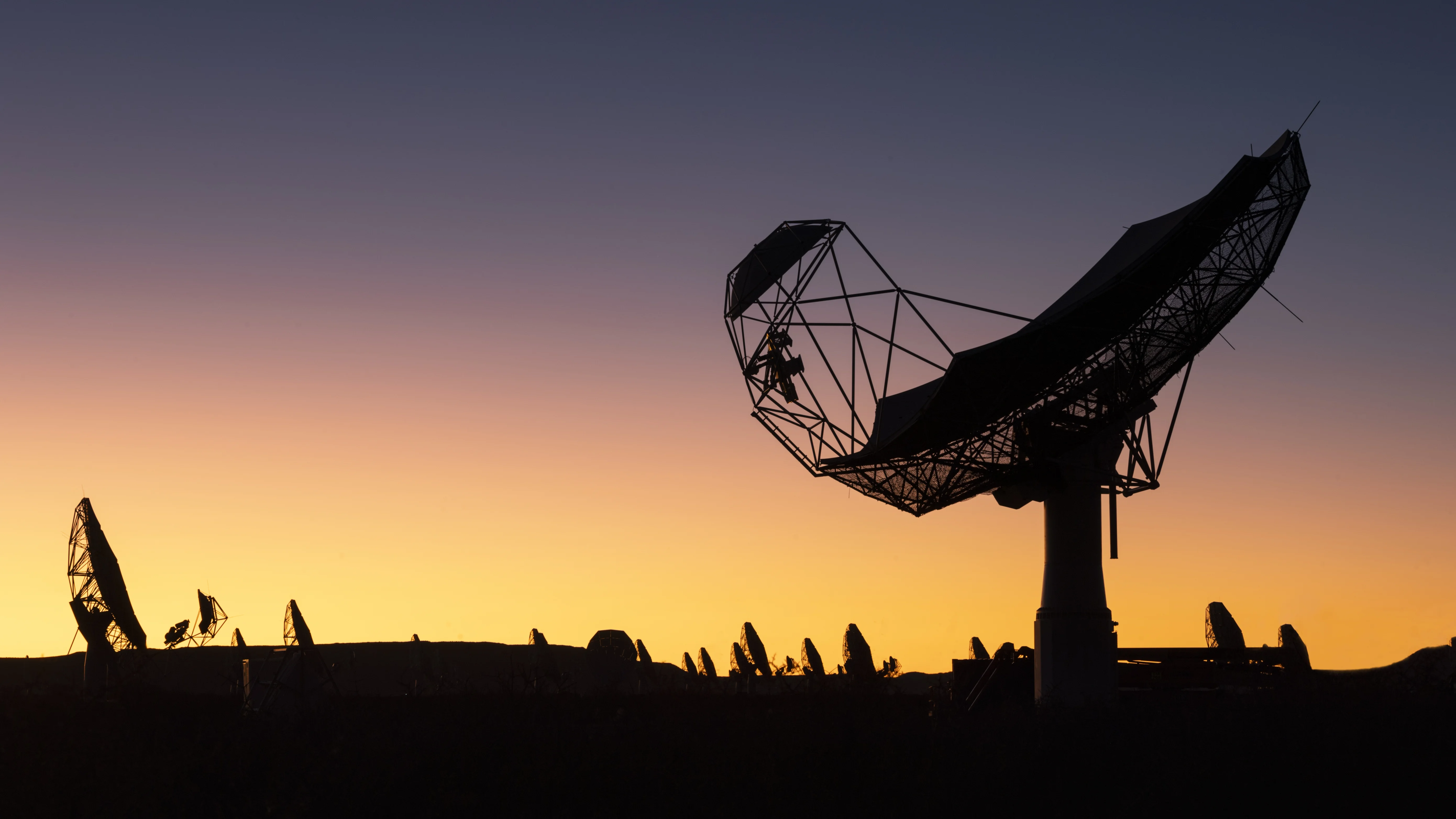The world, planets, and stars align at ZHAW in August
A team of the ZHAW is contributing with their research to the Square Kilometre Array Observatory (SKAO), an international organisation that is building the future world’s largest and most advanced radio telescope. At the end of August, the Swiss SKA Days will take place for the first time at the ZHAW.

Since 2022, Switzerland has been part of the endeavour to build two world-leading, complementary radio telescopes in South Africa and Australia, which will revolutionise our understanding of the Universe and the laws of fundamental physics. A ZHAW team, consisting of Elena Gavagnin, Frank-Peter Schilling and Philipp Denzel, is contributing their expertise in AI and machine learning.
“Since astrophysics cannot count on experiments to show how galaxies form, scientists rely on simulations based on the laws of physics. Our team uses AI and machine learning to compare these ideal simulations with what the SKAO instruments will observe in reality”, says Gavagnin, ZHAW project leader.
The SKA Days in August will feature presentations on the status of this international project and different project groups (astrophysics, data science, high performance) will share their updates.
From ZHAW, the rector, as well as the deans of the School of Management and Law, and of the School of Engineering will participate. The organisers also expect representatives from the SKAO Headquarters in the UK, the Swiss State Secretariat for Education, Research and Innovation (SERI) and around 100 participants from national and international institutions. For reference, last year’s edition welcomed attendees from China, South Africa, Australia, India, the United States, United Kingdom, France, and Italy.
Details about the ZHAW project can be found in the English blog interview with the research team from the School of Engineering and the School of Management and Law: “How can AI help to unravel the mysteries of the universe?”